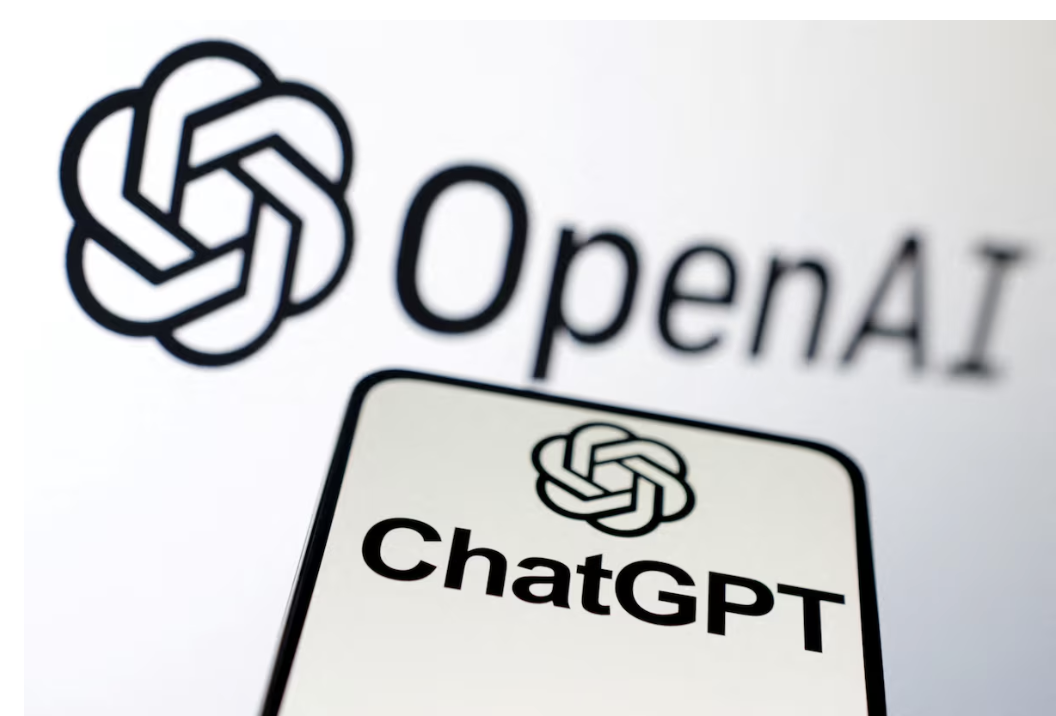Image via REUTERS
***
The pervasiveness of Artificial Intelligence in 21st century media has skyrocketed. OpenAI, an AI conglomerate, is a leader in the burgeoning industry, and its latest contribution thereto is as innovative as it is foreboding. As of March 25th 2025, OpenAI’s GPT-4o model released a new feature dubbed “Images in ChatGPT,” designed for users to create lifelike images generated from a prompt.
This update comes after over a year of human training meant to refine ChatGPT’s artistic accuracy, a feat that OpenAI has long struggled with. While this innovation bodes well for the future of OpenAI’s efficacy and reputation as a pioneer of artificial intelligence, it amplifies the hard-to-ignore reality—AI is sparking an artistic revolution of its own. With this movement comes the question: who benefits the most from these developments? The rise of AI-generated art is controversial, not only in its essence, but also in who gravitates towards its software and what messages it promotes.
Visuals are a key device used to promote both left and right-wing ideologies. In America, the current political culture heavily relies on pathos and identity politics to elicit emotional responses, rather than rational ones, something in which visual art succeeds in particular. With these developments in AI-generated art, visually emotional appeals are now easier than ever to create, promote, and exploit. In project “Gaza 2035,” Israel’s Benjamin Netanyahu uses AI to envision an ethnically cleansed Gaza adorned with technocratic architecture and bustling oil extraction. Donald Trump’s infamous “Trump Gaza” video is filled with AI-generated images of luxury buildings and Elon Musk frolicking on a beach in the Gaza strip, where the ongoing genocide of Palestinians is currently occurring.
This widespread use of AI to generate controversial and emotionally divisive content is a product of its accessibility. Anybody is one prompt away from creating an image to represent their beliefs without the limitation of artistic ability, a new form of content creation that is already controversial. After all, is it really art if it comes from pre-existing images on the internet? Beyond this dilemma, AI-generated art becomes problematic when its speed, convenience, and simplicity are further weaponized for an agenda. Through microtargeting, AI can analyze a target audience and compile the necessary information to create divisive and emotionally appealing visual content. This is present in Trump’s Gaza video, which utilizes visual cues synonymous with his political platform. This integration of artificial intelligence, art, and politics sets a precedent for divisive and falsified content to garner attention.
Awareness of AI’s intersection with politics continues to rise as AI develops. According to a survey conducted by Elon University, 73% of Americans think it is “very or “somewhat” likely that AI will manipulate voters’ perceptions of political campaigns. Additionally, 70% of Americans believe that an election will be influenced by AI-generated misinformation through visual and audio content. Currently, there is minimal legislation that regulates the use of AI in terms of political content. Narrowing the topic even further, legal concerns surrounding AI-generated art are limited to questions of intellectual property and copyright.
It is difficult to determine the extent to which AI will be involved in political campaigns and content within the coming years. Its controversial and ethically ambiguous nature makes it a frowned-upon topic, yet the current presidential administration embraces it with open arms, setting a different standard going forward. Trump’s deregulatory, pro-business policies and right-wing domination are promising for OpenAI’s shareholders, reducing the likelihood of content regulation. Legislative combatance to AI’s growing political presence may be out of reach in the next few years. Despite this drawback, voter awareness and concern about AI’s influence create the necessary first steps in acknowledging its presence in politics. AI is here to stay, and we must learn to navigate its influence over our art, politics, and beliefs.
***
This article was edited by Graham Thoresen and Emily Sauget.
